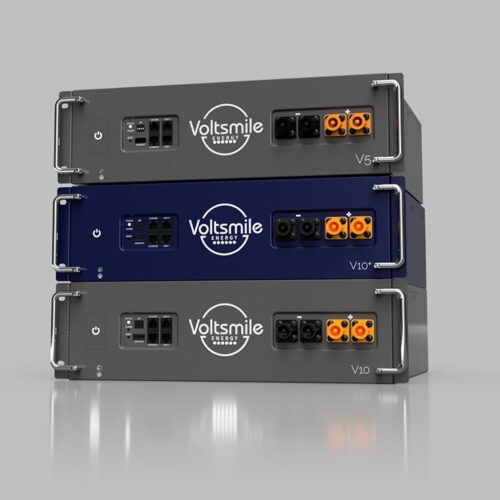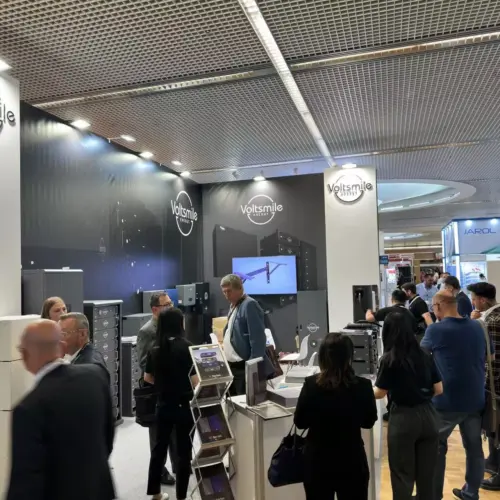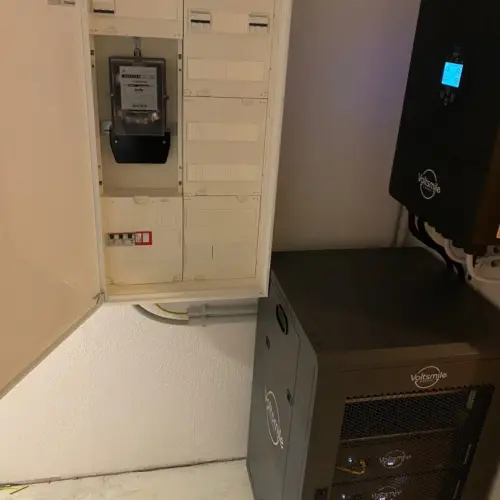Lithium-ion battery systems, the most commonly used type, are made up of several parts:
Battery cells, manufactured by battery suppliers and assembled in battery modules (the smallest unit of an integrated battery system).
Battery racks, made up of connected modules that generate a DC current. These can be arranged in multiple racks.
An inverter that converts a battery’s DC output to an AC output.
A Battery Management System (BMS) controls the battery, and is usually integrated with factory-made battery modules.
Enabling smarter, better living through cutting-edge technology
FIND OUT MORE
In general, solar power battery storage works like this: the solar panel is connected to a controller, which in turn is connected to the battery racks or banks where it is stored. When needed, the current from the battery must be passed through a small inverter, which transforms it from alternating current (AC) to direct current (DC), or vice versa. Then the current passes through a meter and is supplied to your chosen wall sockets.






